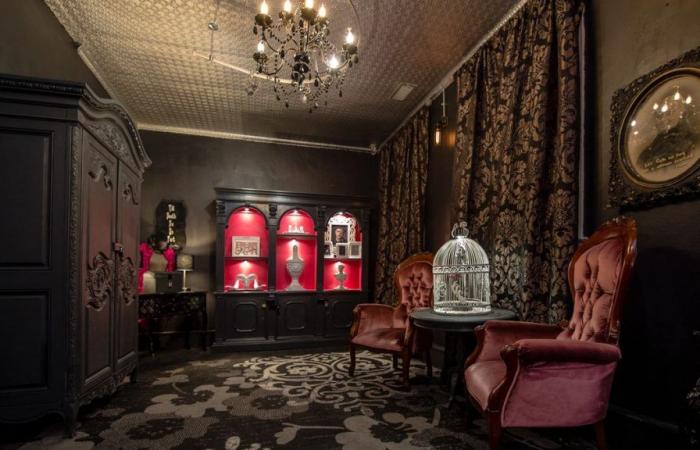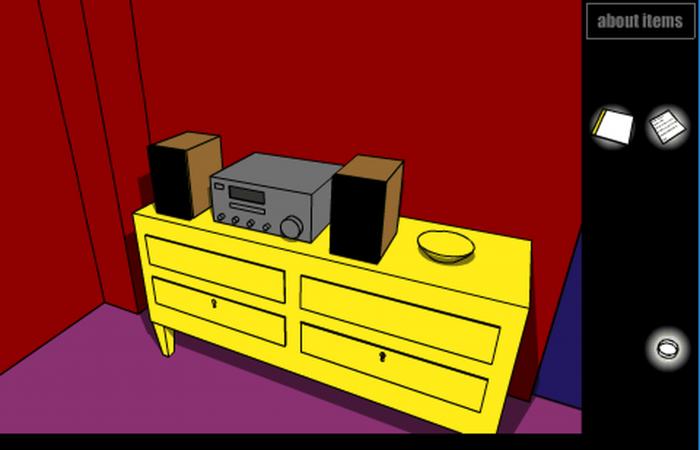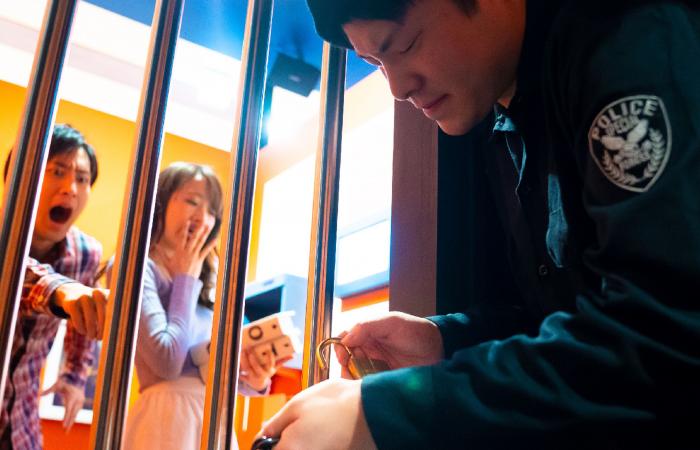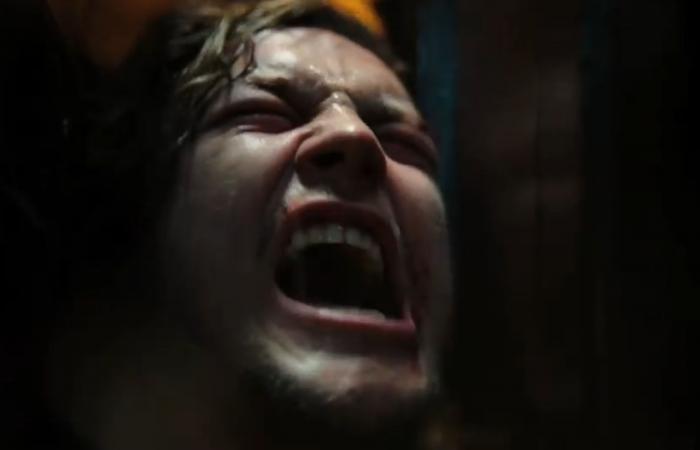Escape room. Those words meant nothing to almost anyone ten years ago. Today, escape rooms are everywhere, all over the world, in big cities and small towns that don’t want to miss out on the trendy pastime.
According to a study carried out in 2021, at the height of this type of leisure, in Spain there are around 700 companies dedicated to escape rooms and 1,500 rooms.
Their growth has been spectacular, and the way in which they have spread and evolved, since they were born in Japan, although they evolved in the United States and Europe… and have precedents in Spain.
From the first escape rooms to their standardization as we know them now, to their antecedents in video games, we explore the history of escape rooms… and wonder if it is a bubble that has already burst.
Background of escape rooms in video games
For someone who doesn’t know what an escape room is, a good comparison would be a video game: you have to overcome a series of challenges to move on to the next room or level. Video games like “point and click” that became popular in the nineties are very similar to an escape room.
Among them, one in particular comes to mind when talking about the background of escape rooms: Myst, the legendary game released in 1993 that, single-handedly, contributed to the standardization of the CD-ROM format for video games and computer programs. .
This atmospheric adventure, with pre-rendered graphics that offered a quality and level of detail simply unmatched on any other system, is essentially a giant “escape room”, located on an abandoned island full of vestiges of a forgotten civilization.
As in most escape rooms, players had to look for clues throughout the levels, solve logic and observation puzzles and challengesmany of them related to each other.
Both Myst and its sequel, Riven, are currently available on Steam in fully modernized remakes with spectacular graphics and “extended” versions.
That is thanks to his study, Cyan Worldsis still active and with the same director since 1987, an almost unheard of feat in the video game industry, so volatile…
But technically, the term “escape-the-room” refers to a subgenre of games that was popularized in the early 2000s, in the form of Adobe Flash games and by independent developers, which would later evolve into mobile games.
Several games are clear influences, such as Mystery of Time and Space (MOTAS) created by Jan Albartus in 2001, Crimson Room created by Toshimitsu Takagi in 2004, in which players are literally trapped in a room.
With all the similarities to escape rooms, there is something that all these video games have in common: they are individual, for a single player. And if there is something that characterizes escape rooms, it is that they are collective.

All studies agree that the first escape room in its purest version, as it is known today, comes from Japan: Real Eacape Gamecreated by Takao Kato in 2007 (a company that is still in operation).
This game is “a kind of computer game in real life”, as it was described in 2009 in an English-language media, Japan Times. Its duration, 90 minutes, groups of four or five people, clues and puzzles throughout the room designed to be solved as a team… we all recognize its ingredients as those of a “canonical” escape room.
Kato took the franchise to other places such as Singapore and Australia, and a friend of Kato brought the idea to San Francisco in 2011. However, in Europe the epicenter of escape rooms was Budapestand in parallel to the Asians: its creator said he had not heard of the Japanese game, and created it as an experiment.
The reality is that, although Japan is cited as the origin of escape rooms, there have been previous precedents that could well be designated today as “experimental” escape rooms, including one in Spain: Negone in Madrid, with ingenuity and physical tests between 2003 and 2008.
Like a domino effect, in the early 2010s the idea spread throughout the world. As of 2015, it was the fashionable pastime, and shortly after it was impossible not to know about escape rooms.
The subgenre of horror escape rooms: the most chilling
One of the inspirations of escape rooms, in terms of being a live experience, are the horror passages, what we most correctly describe as “haunted houses“. Tours, generally in groups of 6-10 people, walking through a set and receiving scares from actors.
In horror passages, visitors usually have no power to interact with the stage or the actors, or if they do it is very limited. It also does not require any skill (beyond enduring fear and scares), just “going ahead”, but like escape rooms, they are live, shared experiences without mobile phones.
When escape rooms needed to differentiate themselves with more elaborate decorations and narratives, the idea of combining both experiences came together. The horror escape room.

A horror escape room is clearly differentiated by its dark and macabre theme, sometimes inspired by horror movies, or by the topics of zombies, ghosts, kidnappings… the “escape” part of an escape room can be emphasized much more.
And to the hustle and bustle of having to solve a series of challenges and puzzles against the clock, is added atmospheric tension (darkness, flashing lights, gloomy music…) and scares, orchestrated using all possible tricks, and ideally, with actors that, as in a passage of terror, they give scares from time to time.
Mayto Kingdom is one of the main companies in Spain dedicated to horror escape rooms (and also traditional ones) and they tell us that more than 350 people have abandoned their ticket in 3 years.

The passage, inspired by Stephen King’s It work and films (but without the official license) has a waiting list of months. Many fans of horror passages and “scream parks” are also consumers of horror-only escape rooms.
These experiences usually have different degrees of fear (from mildest to most intense) and are clearly described so that no one is misled. And solving riddles is not the same when part of your brain has to be on guard if you are going to receive a scare…
Another of the companies dedicated to horror passages in Spain, Horror Box, became known worldwide for having the smallest escape room, or “escape game” rather, in the world: a coffin.
The Horror Box horror escape rooms in Barcelona became so popular that their owners went on to open Horrorland, the first “Scream Park” in Spain: a seasonal theme park only with horror passages.
The escape room phenomenon: how they have entered other fields
The variants of horror escape rooms are just one example of how the phenomenon has permeated other areas. One of them purely commercial: the commodification of the words “escape room”, which fortunately, no one has claimed as a trademark…
In the interest of better positioning, the ironic situation has arisen that they are sold “escape room video games” (when, precisely, it is the escape rooms that many video games imitated) or “escape room books” (as if puzzle books didn’t already exist).
Perhaps the most striking thing was the case of the films of Escape Roomwhich Columbia Pictures (Sony) released in 2019, with a sequel in 2021.
These horror films about young people trapped in a deadly escape room that did not excite critics, but made a not inconsiderable amount of money, particularly the first: 155 million dollars… with a budget of 9 million.
On the other hand, we have the interest that escape rooms have aroused in the education. Many teachers use games in their classes or go even further and gamify classes with elaborate narratives and team games that contextualize the knowledge and skills that students must learn, which contributes to a greater motivation and autonomy in their learning.
In the process of gamify a class Board games or light role-playing games adapted to the agenda are usually used, but if you want to take it further, an escape room can be a very useful tool (although not easy to put into practice) because its values of cooperation and teamwork.
Several studies and investigations in the last ten years have attempted to analyze the benefits that the use of escape rooms for educational purposes can have in students from kindergarten and primary school, trying to reach a general framework.
But the particularity of escape rooms, and frankly one of the things that we find most beautiful, is that it is very difficult to catalog and record in writing.
It is difficult to know which is the first real escape room, or the first escape room in Spain, or the first “escape the room” video game, or the first horror escape room, as it is live experiencespopularized by word of mouth and, in many ways, ephemeral: each personal experience is unique and unrepeatable.
Has the escape room bubble burst?
There are several blogs and websites that catalog escape rooms at a local or international level, as well as awards that are given to the best rooms. But they will always be studies incomplete: With thousands of rooms around the world, it is impossible to see them all.
And even if you could, the experiences can be so subjective and depend on both the room and your companions, You’ll have to experience it to know what it feels like..
For this reason, many wonder if the “peak” of escape room experiences has already been reached, or in other words, if it is a bubble that has already burst. In our experience, we have not stopped seeing rooms open everywhere, and demand is always very high in all of them.
It may not be “the hottest thing” anymore, but the popularity of escape room (and that they have survived the pandemic) shows that people still want to have fun in company, exercise their minds and muscles, and spend 60 minutes without looking at your phone: Ironically, it is the truest form of escapism.










